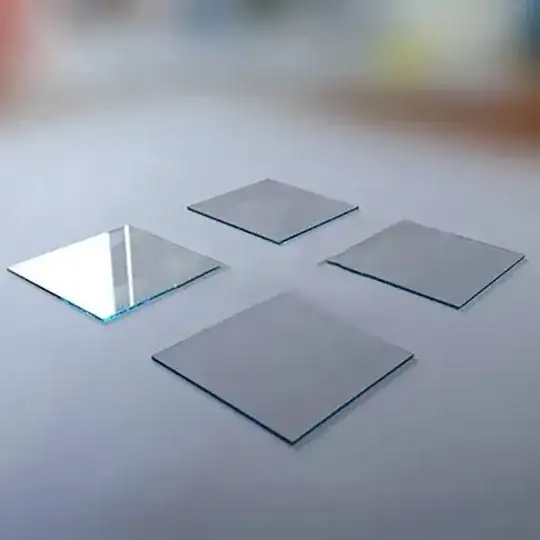Yes, it is just the electrons.
If I understand your question correctly you are asking how indium tin oxide and similar materials can be both conducting and transparent if the free electrons required for high conductivity act as mirrors.
There are two reasons for this:
the conductivity of indium tin oxide is high but nowhere near as high as a metal. Metals typically have resistivities around $10^{-8}~\Omega.\textrm{m}$ while the resistivity of indium tin oxide is four orders of magnitude higher at about $10^{-4}~\Omega.\textrm{m}$ There are fewer free electrons in indium tin oxide and they interact less strongly with the light.
the indium tin oxide is in the form of a very thin film. The plates in your photograph are just glass with less than a micron of ITO as a film on the surface. This is the main reason for the low reflectivity - the film is simply so thin that most of the light doesn't get the chance to be reflected.
Thin metal films are transparent as well, though due to their high conductivity they have to be very thin. I worked with thin films of silver as part of my PhD and once the thickness falls below $10$ nm the reflectivity falls dramatically. The indium tin oxide films remain transparent at much larger thicknesses simply because their conductivity is $10^4$ times smaller than silver.
